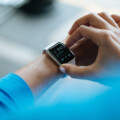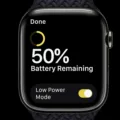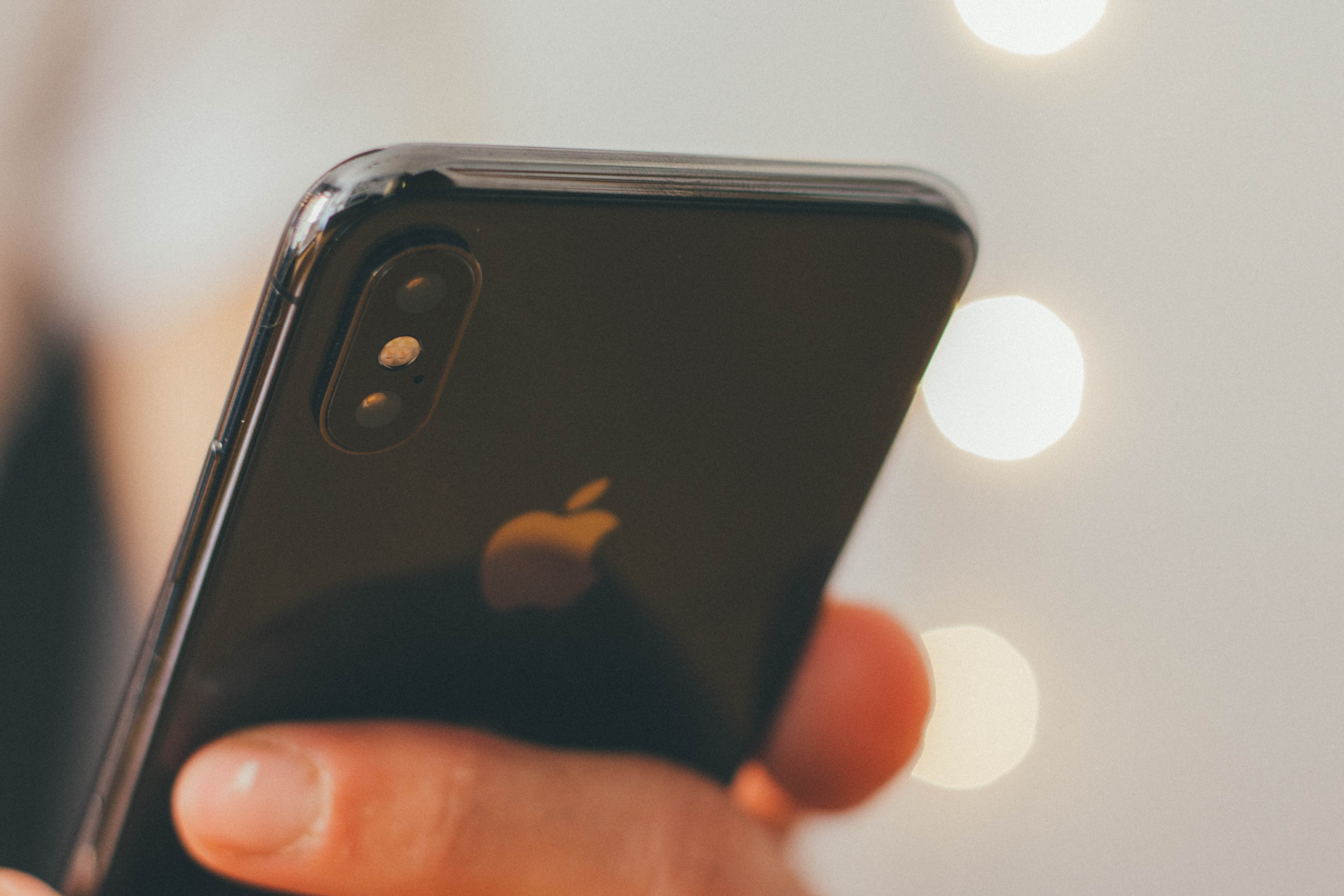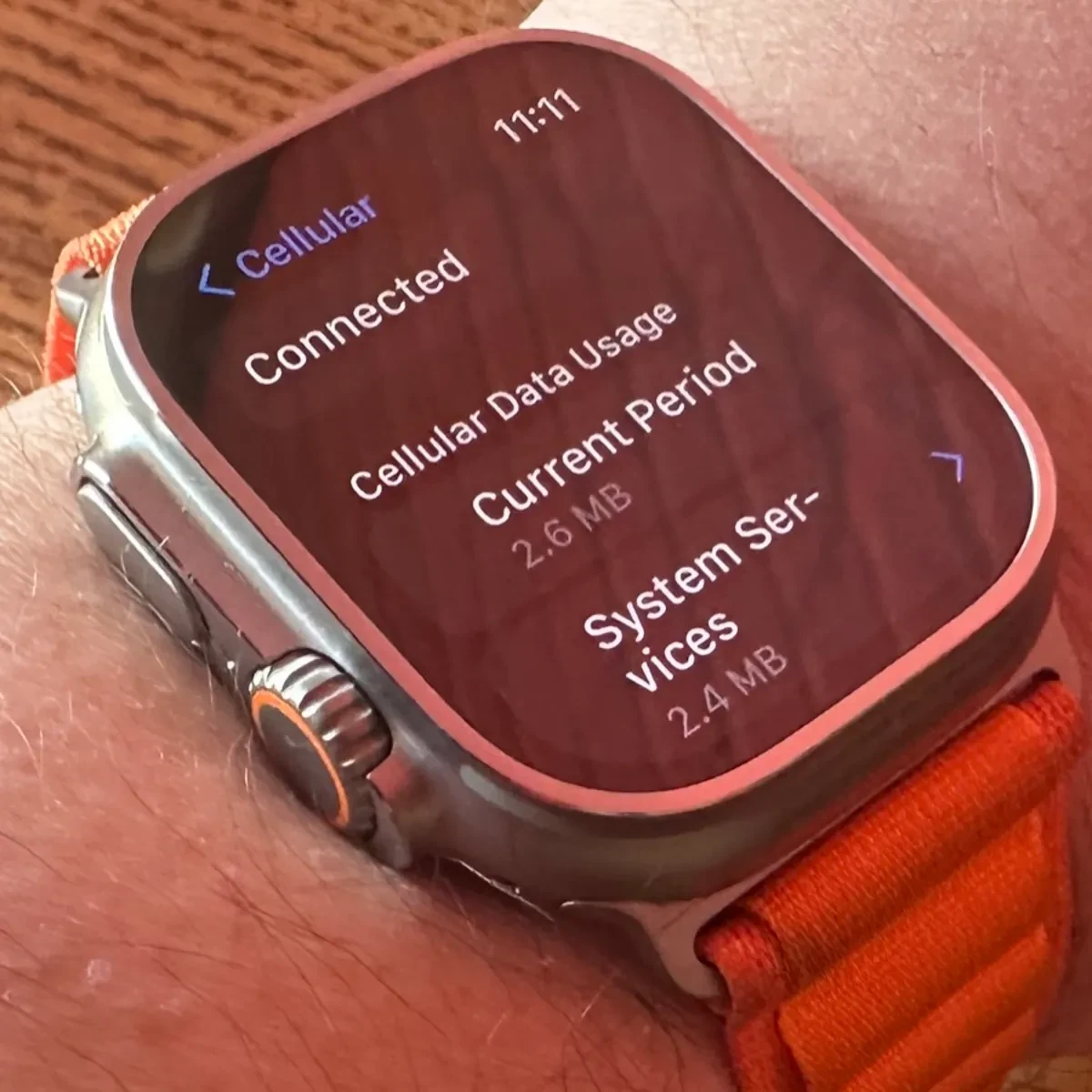
You’re out for a run, no iPhone in your pocket, just your Apple Watch handling music, messages, and maybe even a quick map check. Feels great—until you start wondering how much of your Apple Watch cellular data is actually getting eaten up.
What’s the real deal with Apple Watch data usage? And more importantly, how much data does your Apple Watch use when you’re not tethered to your phone? In this quick guide, we’re breaking it all down so you’re not left guessing—or hit with a surprise on your data bill.
Does the Apple Watch Use Cellular Data?
Most of the time, your Apple Watch isn’t using cellular data at all. It sticks to Bluetooth to stay synced with your iPhone, and if Bluetooth’s out of reach, it tries Wi-Fi next. That’s the usual setup for a Bluetooth Apple Watch.
But if you’ve got the model that supports cellular—what Apple calls the Apple Watch LTE version—then things work a little differently if you’ve added a plan. So, does your Apple Watch need a data plan? Yes, but only if you want to use the cellular features without your iPhone nearby.
Stuff like answering calls, sending texts, or streaming music on your wrist will only work through LTE when there’s no Bluetooth or Wi-Fi around—and only if you’ve got an active data plan set up for the watch.
How Much Cellular Data Does Apple Watch Typically Use?
So, how much data does a cellular Apple Watch really burn through in a month? Well, that all comes down to what you’re doing.
Apple Watch monthly data usage isn’t massive like your iPhone’s, but it stacks up faster than you’d think—especially if you’re making calls, jamming out to music, or leaving background apps doing their thing 24/7. A standard 1-minute call? Around 1-6MB. And Apple Watch streaming data — like when you play Apple Music — clocks in at about 1.9MB per minute or 115MB per hour.
Messaging barely makes a dent unless you’re always sending media. Most apps nibble at your data, but things like Maps or weather can sneak up on you.
Carrier Data Plans for Apple Watch: What to Expect
If you’re thinking about going cellular with your Apple Watch, here’s what you need to know about what it’ll actually cost you.
The Apple Watch monthly cellular fee usually varies depending on the carrier. T-Mobile has one of the lower rates at $5/month if you’re already on their Go5G Next plan — and that comes with 30GB of premium data before speeds get slowed down.
Verizon keeps it simple with a flat $10/month for unlimited 5G and 4G LTE data, plus unlimited talk and text for your watch. Most of these carrier Apple Watch plans let your watch piggyback off your existing iPhone number, which is super handy. Just don’t forget to read the fine print — some plans come with activation fees or soft data caps.
How to Check Data Usage on Apple Watch
Here’s how to check your Apple Watch data anytime you want a quick update. Just open the Watch app on your iPhone, tap the My Watch tab, and hit Cellular. Scroll down a bit and you’ll see exactly how much data your watch has used under “Cellular Data Usage.”

You can use this spot for regular Apple Watch data tracking, especially if you’re on a limited plan. Want more detail? You can also view cellular usage by app, which helps spot any surprise data hogs. Quick, easy, and straight to the point.
Tips to Reduce Cellular Data Usage on Apple Watch
Running low on data or just trying to stay in control? There are a few quick things you can do to limit Apple Watch cellular usage without losing functionality.
First, turn off Background App Refresh in the Watch app under General—it stops apps from updating in the background using up your data.
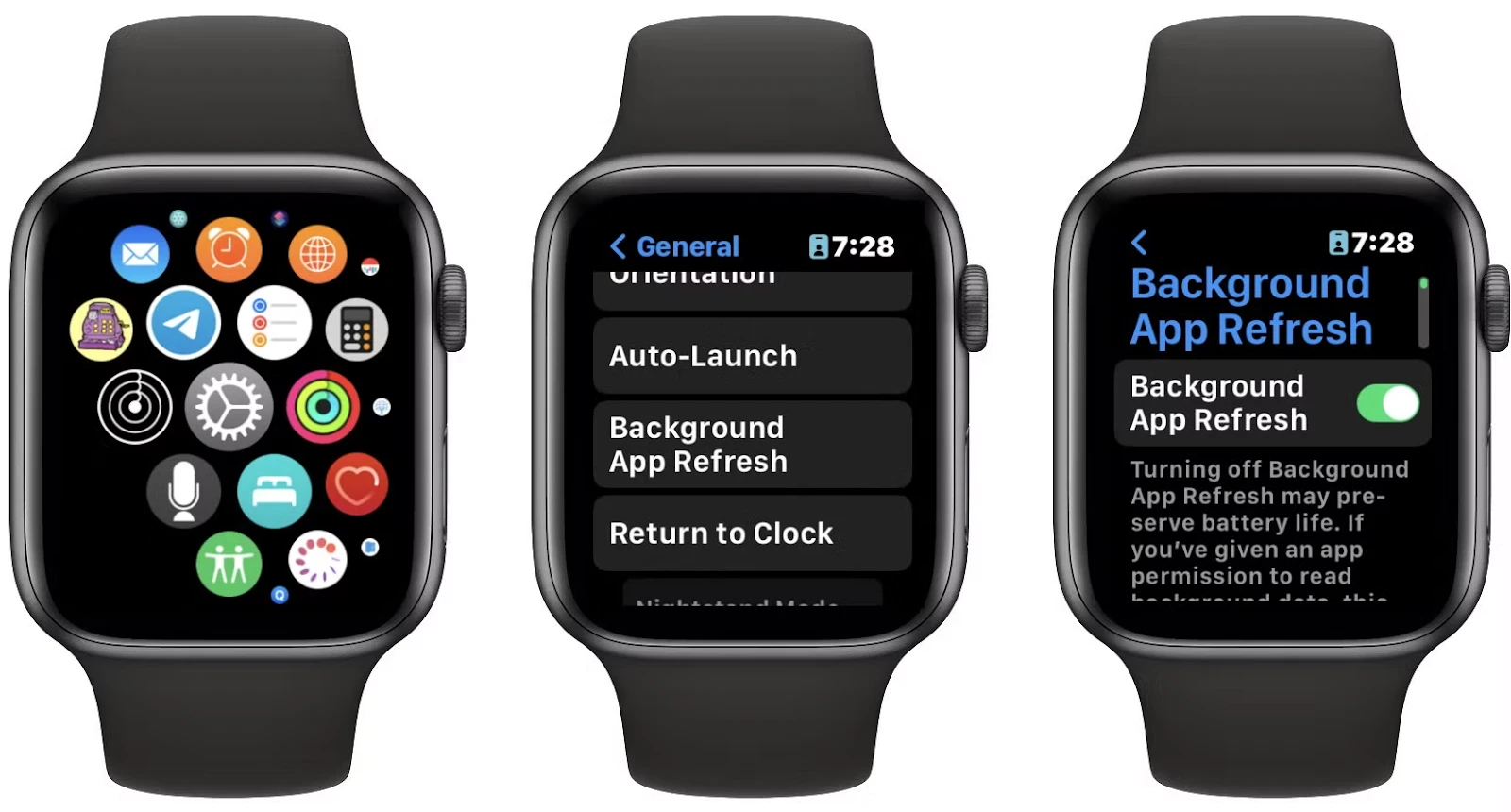
Next, disable automatic app downloads under the App Store settings so new apps don’t sneak in and start syncing. Always connect to Wi-Fi when you can; your Apple Watch will default to it instead of cellular.
You can also head into the Watch app on your iPhone, tap Cellular, and toggle off cellular access for apps that don’t need it. And if you’re not using cellular at all, just turn it off from the Control Center—it saves both your data and your battery.
Apple Watch Without Cellular Plan: What You Can Still Do
If you’ve got an Apple Watch without cellular, you’re not missing out on as much as you might think. A lot still works—especially if you’re using an Apple Watch GPS only model.
When your iPhone is close by, the watch connects over Bluetooth, so you can still call, text, and check notifications like usual. If your phone’s not around but you’re on a saved Wi-Fi network, the watch holds its own—things like iMessages, Siri, and even music streaming still work. And even with no phone and no Wi-Fi, you can use Apple Watch without data for tracking workouts, heart rate, setting timers, and listening to anything you’ve downloaded.
Conclusion
For most people, the Apple Watch doesn’t burn through a ton of cellular data — and that’s good news. But if you’ve got a limited plan or just want to stay in control, it’s still worth keeping an eye on things.
The best way to manage Apple Watch cellular data usage is by understanding your data plan, tracking what your Watch is actually using, and cutting back on stuff you don’t need running in the background. If you’re new to all this or want to double-check your setup, our full cellular Apple Watch guide breaks it down.



